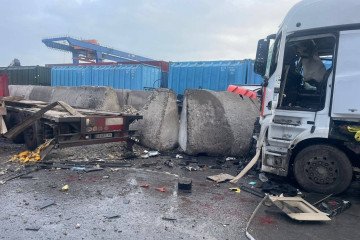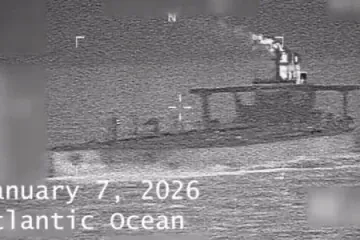- Category
- Latest news
Russia Revives Cold War-Era Airbase Near Finnish Border, Satellite Images Reveal
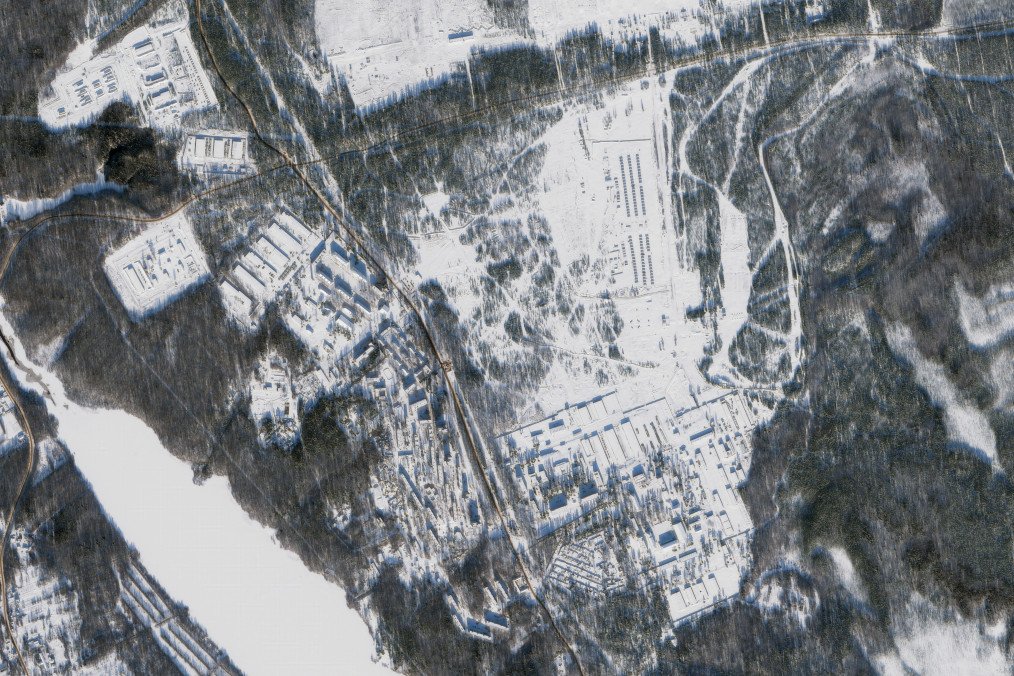
Russia has increased military activity near the Finnish border, following patterns observed ahead of its full-scale invasion of Ukraine, according to a report by defense outlet Army Recognition on May 14.
The buildup includes the deployment of over 130 troop tents in Kamenka and new armored vehicle storage facilities in Petrozavodsk.
Satellite imagery also shows the reactivation of Soviet-era airbases at Severomorsk-2 and Olenya, signaling a broader expansion of military infrastructure in the region.

Kamenka, located just 60 kilometers from the Finnish border, now hosts tent facilities capable of housing up to 2,000 troops on previously undeveloped land.
Roughly 160 kilometers away in Petrozavodsk, three large warehouses built since February are reportedly designed to store as many as 50 armored vehicles, with a fourth structure under construction.
Further north, surveillance of the Severomorsk-2 airfield shows recent activity at a site long considered dormant. Several Mi-8 and Mi-17 helicopters—commonly used for troop and supply transport—have been identified near the runway.
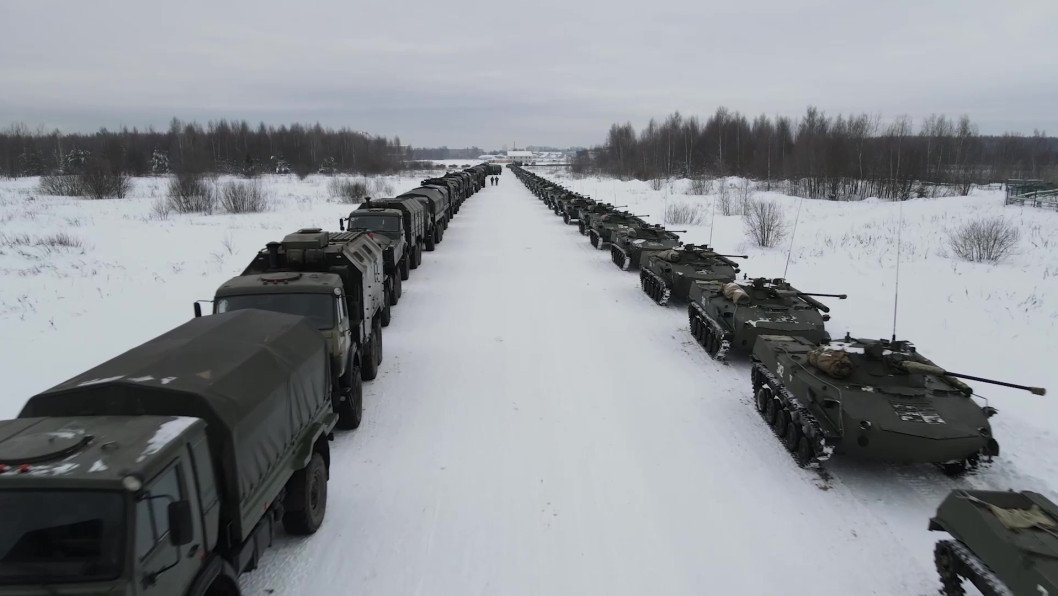
Meanwhile, the Olenya airbase, already used in bomber missions over Ukraine, has also seen a notable uptick in operations.
According to the Wall Street Journal, Western officials believe this expansion could eventually accommodate tens of thousands of Russian troops.
Intelligence sources suggest the buildup includes new barracks, logistical hubs, and even a potential divisional headquarters near Petrozavodsk.
Railway improvements and expanded transport capacity are reportedly part of the effort, enabling faster mobilization along the frontier.
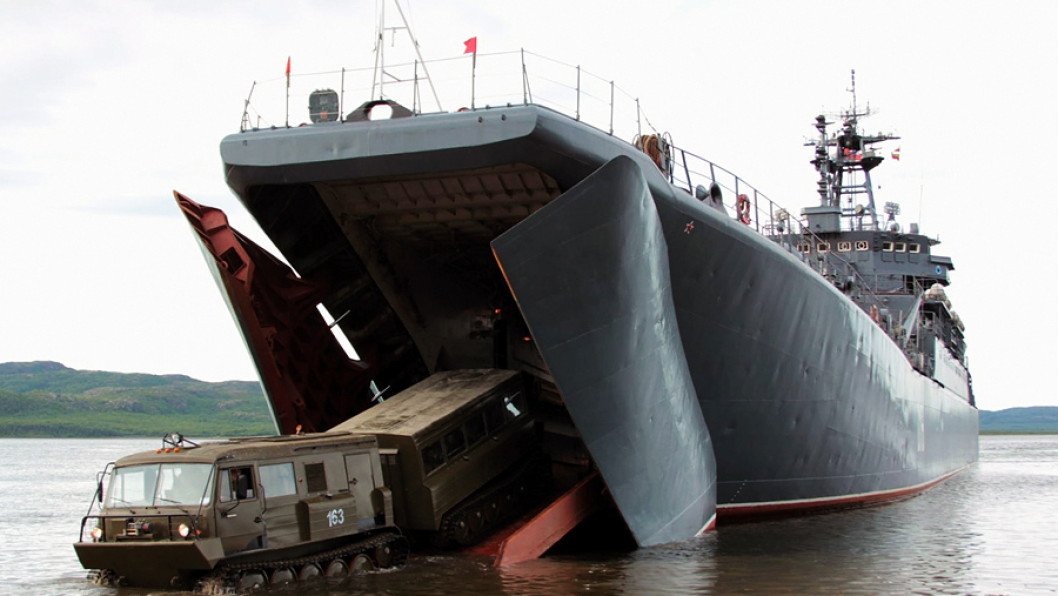
“This is a deliberate move to rebuild Russia’s military posture after heavy losses in Ukraine,” said one NATO official familiar with the developments.
US Army General Christopher Cavoli recently stated that Russia is replenishing its forces at a faster pace than previously anticipated, warning that NATO’s northern flank may face renewed pressure.
Russian leaders deny any aggressive intent. Countries leader Vladimir Putin dismissed the reports as “hysteria,” while Kremlin spokespersons framed the measures as a sovereign response to NATO’s eastward expansion. However, the timing and nature of these deployments suggest more than routine readiness.
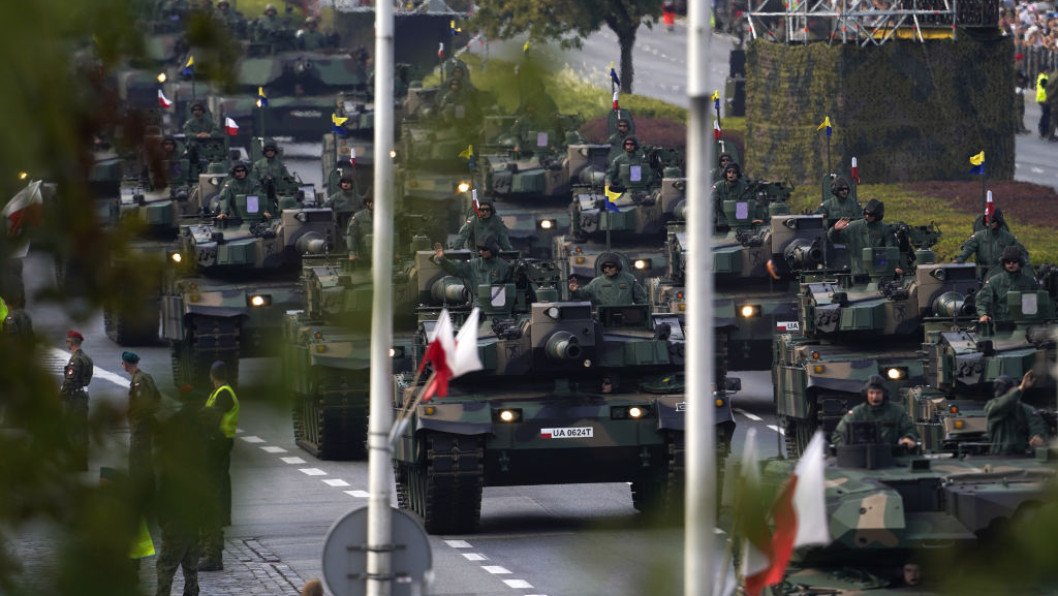
Military analysts have speculated that the buildup could serve several strategic goals: exerting pressure on NATO’s northeastern frontier, preparing for potential Arctic operations, or creating a fallback option in case of future instability in Belarus or the Baltic region.
Finland’s accession to NATO in 2023 extended the alliance’s border with Russia by over 800 miles. Sweden followed suit in 2024, shifting the balance of power in Northern Europe. In response, both Nordic countries have taken swift steps to bolster their defenses, with Finland establishing a new NATO command center in Lapland.
Still, the pace of Russia’s deployment has raised red flags. Finnish Lieutenant General Vesa Virtanen warned that the Kremlin may be probing NATO’s response threshold, possibly testing the alliance’s commitment under Article 5—its mutual defense clause.
-0c0f9d0574b5dfd68b0310455ff5cee3.jpg)
“The visual evidence is hard to ignore,” said a senior European defense analyst. “This is not just posturing. It looks like the groundwork for operational readiness.”
Earlier, Vice Admiral Pieter Reesink, director of the Dutch military intelligence agency MIVD stated that the Netherlands was preparing for the possibility of a future conflict with Russia, believing Moscow could restore its military capabilities within a year of ending the war in Ukraine.
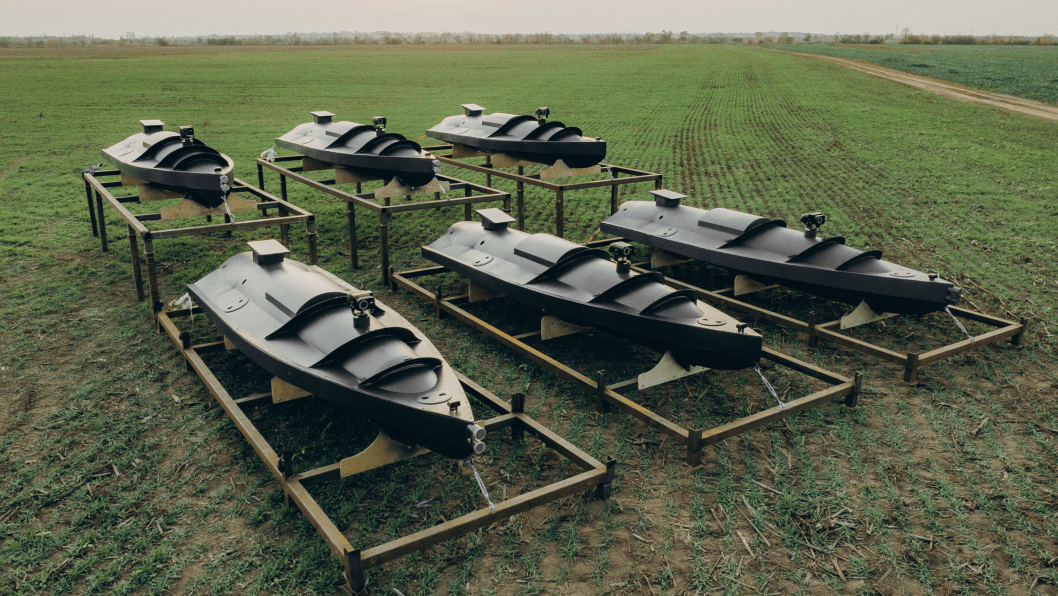


-72b63a4e0c8c475ad81fe3eed3f63729.jpeg)
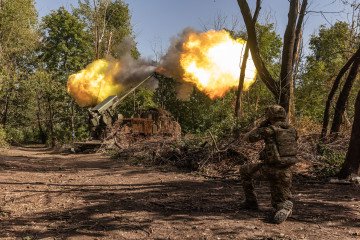
-111f0e5095e02c02446ffed57bfb0ab1.jpeg)
